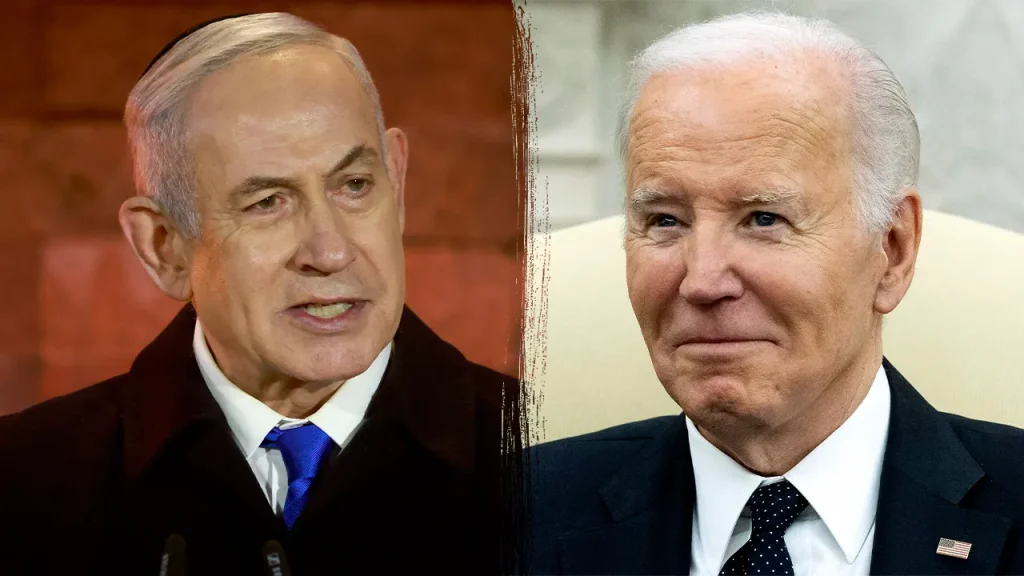The protracted conflict between Israel and Hamas appears poised for a cessation of hostilities, contingent upon a multifaceted hostage release agreement. Hamas, in a statement released Monday, expressed optimism about the impending release of their prisoners, signaling a potential breakthrough in negotiations facilitated by Qatar and involving high-level discussions between US President Joe Biden and Israeli Prime Minister Benjamin Netanyahu. The proposed deal, reminiscent of a previous agreement endorsed by the UN Security Council in May 2023, outlines a three-stage process aimed at de-escalating the conflict and securing the return of hostages captured by Hamas.
The initial phase of the agreement, slated to span 42 days, focuses on the release of 34 hostages classified as “humanitarian cases.” Concurrently, Israeli forces are expected to withdraw from designated areas within Gaza, paving the way for displaced residents to return home. This stage also emphasizes an increase in humanitarian aid to the besieged territory. The second stage, commencing on the 16th day of the ceasefire, aims to initiate discussions regarding the return of young men and soldiers held captive by Hamas. This stage is further marked by the anticipated complete withdrawal of Israeli forces from the Gaza Strip. The final stage shifts focus towards establishing an alternative governing body in Gaza and initiating the arduous process of rehabilitating the war-torn territory.
The complexities of the negotiations are underscored by a midnight deadline imposed on Hamas to respond to the “final” draft of the hostage-ceasefire agreement. The fate of the remaining hostages, estimated to number 96, looms large, with concerns about the condition and survival of some captives, including three American citizens. The timing and process for the return of deceased hostages to their families remain uncertain. The backdrop against which these negotiations unfold is a shifting regional landscape significantly altered by the ceasefire deal in Lebanon, the collapse of the Assad regime in Syria, and the perceived weakening of Iranian influence in the region.
The Biden administration, along with Egypt and Qatar, has been actively involved in mediating negotiations between Israel and Hamas, striving to find common ground amidst firmly entrenched positions. Hamas has steadfastly insisted on a definitive end to the war as a precondition for releasing the hostages, while Netanyahu has publicly declared his commitment to achieving “total victory” against the terrorist group. This fundamental divergence in objectives has posed a significant challenge to achieving a lasting resolution.
President Biden has emphasized the urgency of a ceasefire and hostage release, coupled with a surge in humanitarian assistance. Netanyahu, however, has expressed commitment only to the initial phase of the deal, involving a partial hostage release in exchange for a week-long pause in hostilities. This cautious approach contrasts with Hamas’s demand for a full Israeli withdrawal and a complete cessation of fighting. The differing viewpoints highlight the delicate balancing act required to navigate the intricacies of the negotiations.
The negotiations also carry significant political weight, particularly for Netanyahu, who faces domestic pressure to secure the release of Israeli hostages while simultaneously maintaining a strong stance against Hamas. The evolving regional dynamics, including the altered power balance in the Middle East, further complicate the situation, adding layers of complexity to the already challenging task of achieving a sustainable peace. The success of the negotiations hinges on the willingness of both sides to compromise and find a path towards a mutually acceptable outcome.

